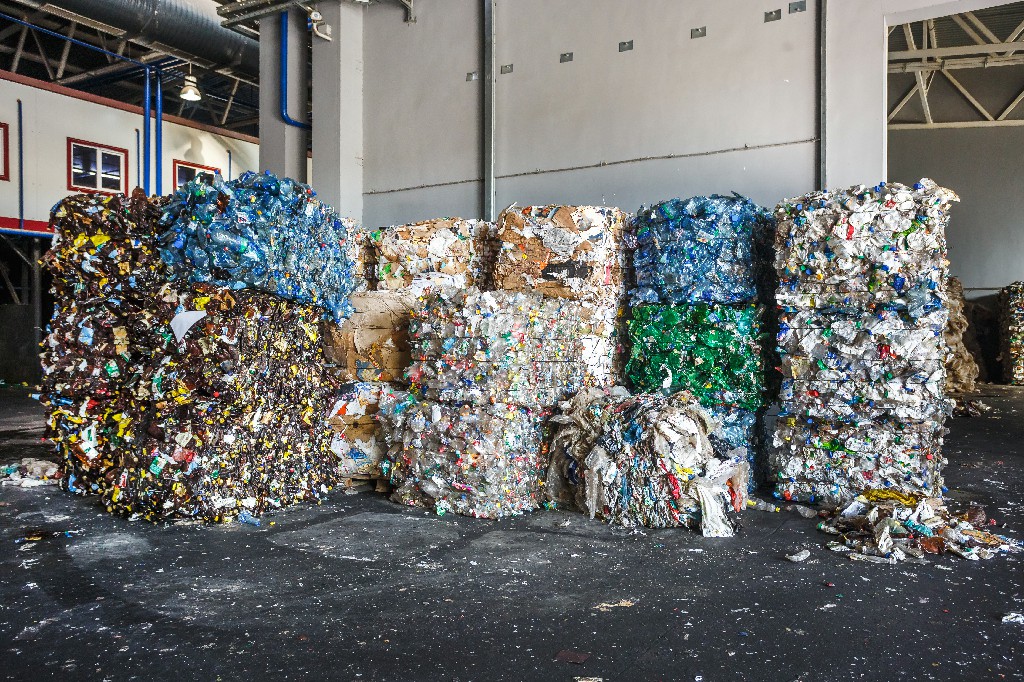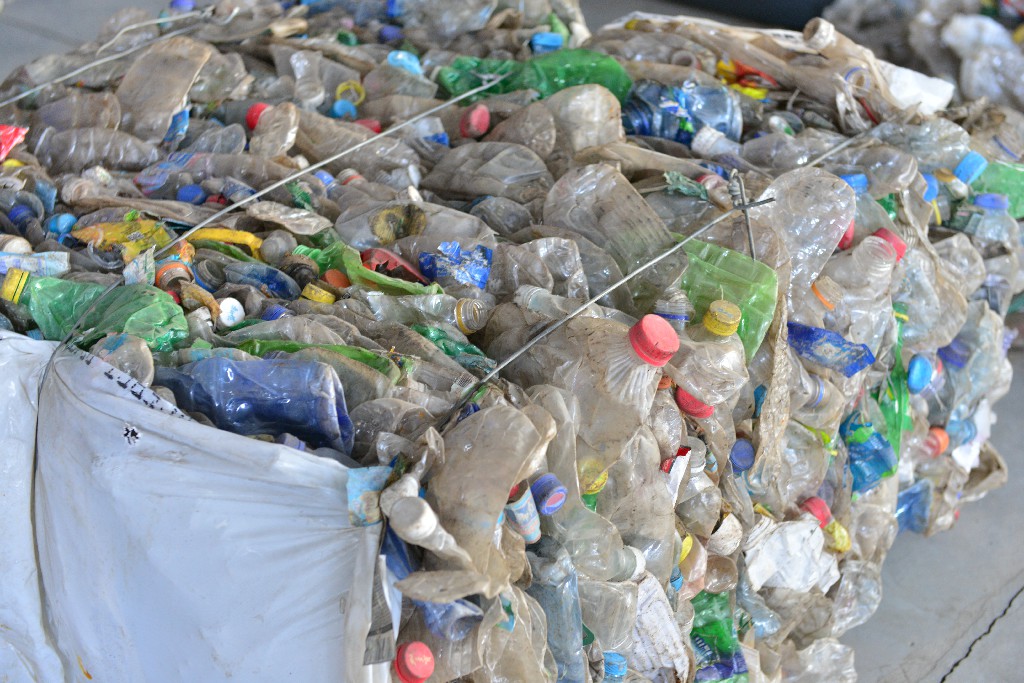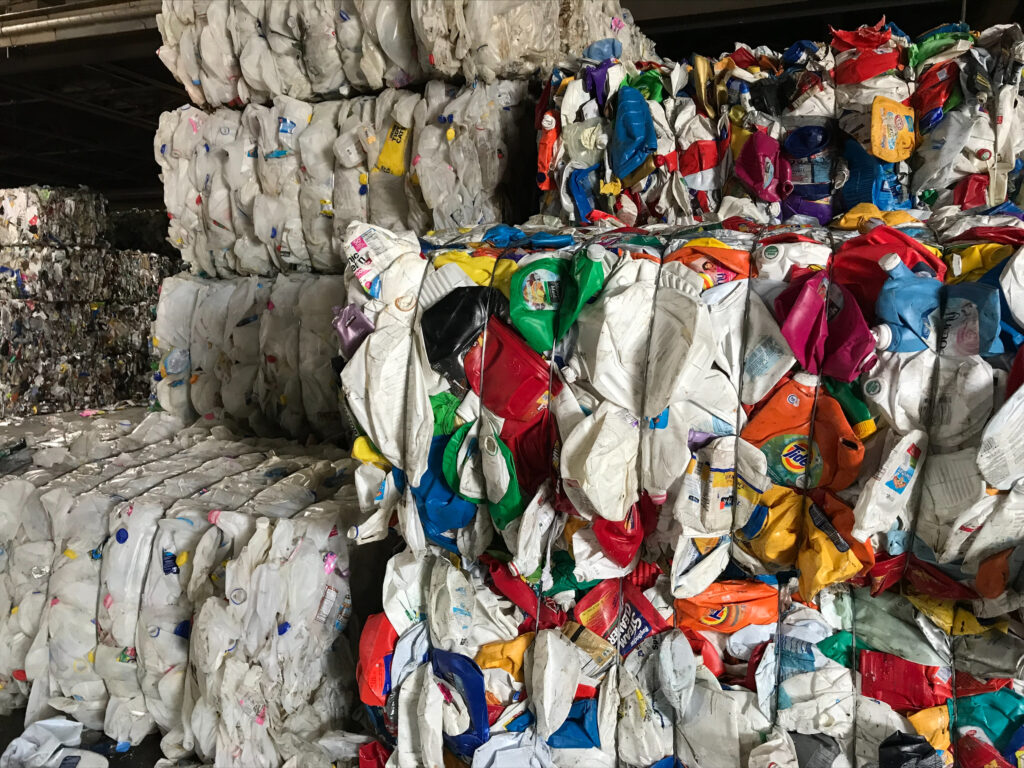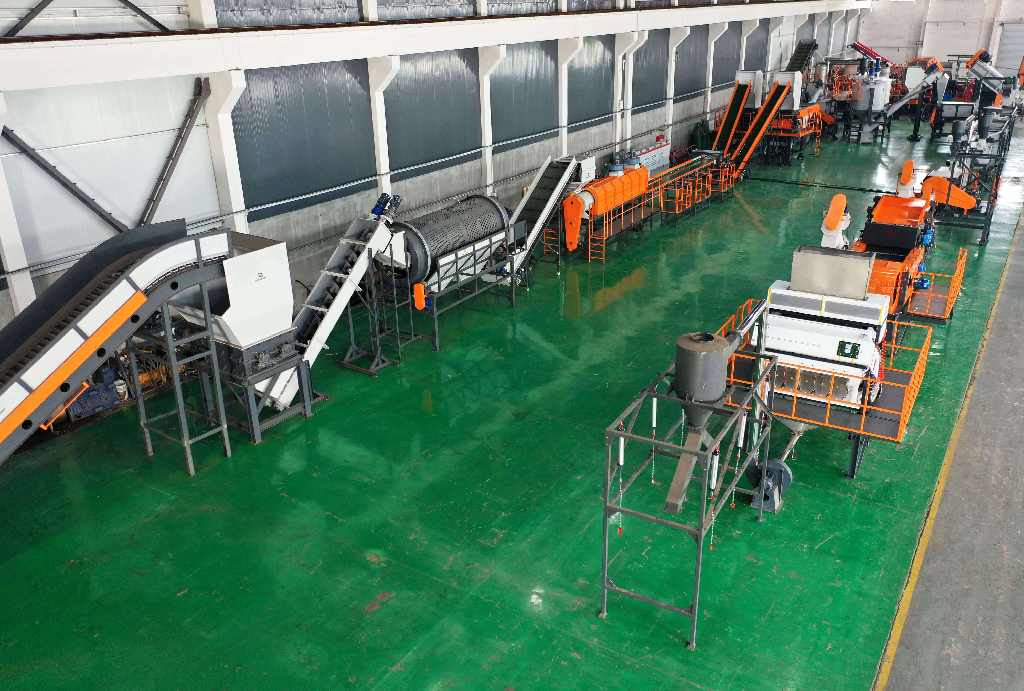Mr. Lv is the chief executive officer and is responsible for ensuring that every article we publish is a masterpiece.
 Plastic bales of rubbish at the waste treatment processing plant. Recycling separatee and storage of garbage for further disposal, trash sorting. Business for sorting and processing of waste.[/caption] Plastic bales of rubbish at the waste treatment processing plant. Recycling separatee and storage of garbage for further disposal, trash sorting. Business for sorting and processing of waste.[/caption] |
Plastic bales are compressed bundles of recycled plastic, formed to facilitate easier transportation and handling. Typically, this process is carried out by Material Recovery Facilities (MRFs) using hydraulic equipment to compact loose plastic waste into uniform shapes, enhancing the efficiency of subsequent recycling and reuse operations. The size and weight of plastic bales produced during the recycling process can vary depending on the equipment used, typically ranging from 50 kg to 1000 kg.
|
Plastic bales play a crucial role in the global plastic recycling industry. According to the Association of Plastic Recyclers (APR), plastic bales not only help reduce transportation costs but also improve recycling efficiency. In advanced recycling systems, plastic bales typically undergo multiple processing steps, such as washing, sorting, and shredding, before being transformed into reusable raw materials, thus supporting the development of a circular economy.
Types of Plastics Commonly Found in Bales
PET Bottle Bales

PET Bottle(No PET Thermoforms)
Any whole polyethylene terephthalate (PET) postconsumer bottle or jar with a screw-neck top that contains the ASTM D7611 “#1, PET or PETE” resin identification code and that is clear, transparent green, or transparent light blue. All bottles should be free of contents or free flowing liquids. Closures (caps, lids, rings and labels) may be left on bottles.
PET Thermoforms
Any whole, extrusion grade, clear or transparent light blue polyethylene terephthalate (PET)
postconsumer package labeled with the ASTM D7611 “#1, PET or PETE” resin identification code, not including bottles and jars, but including and not limited to egg cartons, baskets, clamshell containers,cups, lids, cake domes, covers, blister pack without paperboard backing, tubs, deli containers, trays and folded PET sheet containers. All packages should be free of contents or free flowing liquids. Closures (caps, lids, rings and labels) may be included.
HDPE Bale Grades

Natural HDPE Bottle Bales
Any whole, blow-molded, high density polyethylene (HDPE) bottle containing the ASTM D7611 “#2, HDPE” resin identification code that is unpigmented, and was generated from a curbside, drop-off, or other public or private recycling collection program. Bottles are defined as containers that have a neck or mouth that is smaller than the base.
Colored HDPE Bottle Bales
Any whole, blow-molded, high density polyethylene (HDPE) bottle containing the ASTM D7611 “#2, HDPE” resin identification code that is pigmented and opaque, and was generated from a curbside, dropoff, or other public or private recycling collection program. Bottles are defined as containers that have a neck or mouth that is smaller than the base.
HDPE Injection Grade Rigid Plastic Bales
Any injection grade high density polyethylene (#2 HDPE) rigid plastic, typically found to be wide mouthed containers and/or oversized items generated through a positive sort from curbside, drop-off or other public or private recycling collection program. Examples include: carts, crates, buckets, baskets, or other large all-injection HDPE items. Small injection molded containers are acceptable. Pallets or other injection molded large items from commercial sources can be included. Metal such as axels and bolts must be removed. Buckets/pails with metal handles and all HDPE plastic toys without metal rods or screws are acceptable.
Recycling and Reusing Plastic Bales
In the plastic recycling process, recyclers purchase plastic bales and process them using specialized plastic washing lines. First, the pre-sorted plastic bales are unpacked, impurities and metals are removed, and further sorting is conducted. Then, through mechanical steps such as crushing, washing, and drying, the material is processed into clean recyclable raw materials, which can be flakes or partially plasticized pellets.
If pelletized recycled material is required, a plastic pelletizing system can be added. The pelletizer melts the flake material in an extruder, filters out impurities, and finally processes the material into pellet form. These pellets can be directly used for manufacturing new plastic products, further promoting resource recycling.
Essential Recycling Equipment: Plastic Washing Line
 |
The plastic washing line is a core component for the efficient recycling and resource utilization of plastic bales. Although materials recovery facilities (MRFs) conduct basic sorting and compression, plastic bales often still contain significant contaminants due to limited sorting precision—such as oil stains, label residues, and non-target plastic materials (e.g., PVC or PP mixed into PET bales). Without systematic cleaning, these contaminants can severely affect subsequent processing efficiency and even render an entire batch of recycled materials unusable. Therefore, the plastic washing line plays the following critical roles: |
Contaminant removal: Effectively eliminates dirt, food residue, oil stains, and metal impurities to improve the cleanliness of recycled plastics.
Material purity enhancement: Significantly reduces the presence of mixed plastics through washing and separation processes—an essential step in improving the quality of recycled plastic.
Ensuring quality of recycled products: Poorly washed plastics may emit odors, discolor, or develop black spots during pelletizing, compromising downstream applications.
Compliance with regulations and market standards: Many countries impose strict purity requirements for recycled plastics, especially those intended for food-contact use. A washing line is the technical foundation for meeting these standards.
Increased economic value and market competitiveness: High-purity, high-cleanliness recycled plastics have greater market value and are more likely to enter high-end applications such as food packaging and textiles.

 EN
EN 
 English
English 简体中文
简体中文 Русский
Русский España
España عرب .
عرب .
